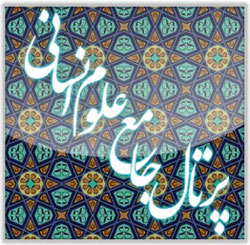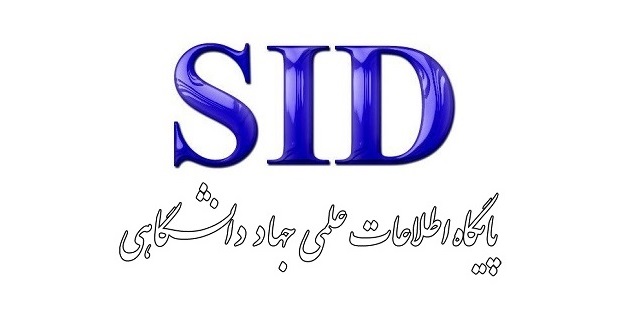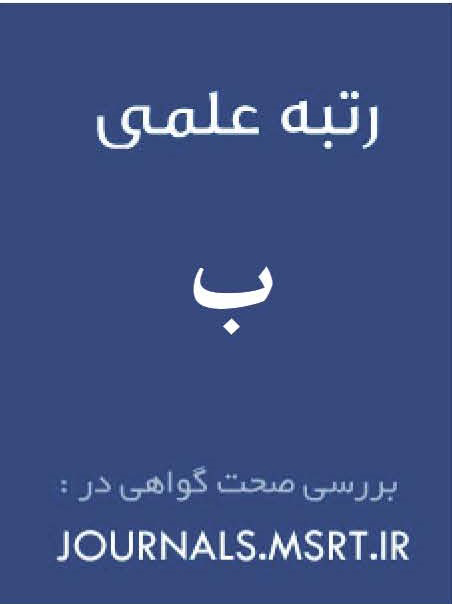Semiotics of Political Communication in the 2016 U.S. Presidential Election
Keywords:
semiotics, political communication, symbolic politics, political polarization, mediatized politics, politicized mediaAbstract
The aim of this study is to examine the impact and role of signs in polarizing the relationship among citizens, the media, and politicians within the triangle of political communication. This research addresses both the theoretical dimension of semiotics in political communication and its practical application in the 2016 U.S. presidential election. The victory of Donald Trump in 2016 has been interpreted as a “failure of the print media.” Out of 260 high-circulation newspapers, only 10 local papers supported him. Chantal Mouffe views politics as the “arena of contestation over meaning” and interprets political semiotics through the lens of attaining power, defining it as follows: the display of power relations within sign systems where social identities are constructed can be considered political semiotics. The condition of signs may change based on their degree of deprivation and distance from centers of power. Since these conditions express specific structures of power, they can thus be referred to as “political semiotics.” Elections represent the most prominent form of political participation by the people. In today’s electoral campaigns, citizens and voters encounter a complex system of signs composed of symbols, icons, and indices. The diversity in sign production and the transmission of meaning within the latent codes of political communication among citizens, media, and politicians has led to a polarized environment and an imbalance of power among these three key actors. For this reason, in the 2016 U.S. election, the most reputable polling institutions, the largest news networks, the most widely circulated newspapers and magazines, and political think tanks all predicted Hillary Clinton’s victory and publicly endorsed her. However, to the astonishment of the global community, it was faced with the phenomenon known as “Donald Trump,” who became the 45th President of the United States. Donald Trump emerged as a composite figure—symbolic, indexical, and iconic—that materialized in the semiotic system of the 2016 election, whereas Hillary Clinton (a member of the elite academic class) was portrayed merely as a feminist symbol.
Downloads
References
Briggs, A., & Cobley, P. (2008). New media and politics. Institute for Cultural and Social Studies.
Kharazi, R. (2014). Media diplomacy campaign in reference to strategic communications. In: Office for Media Studies and Planning.
Mazzoleni, G., & Schulz, W. (1999). “Mediatization” of politics: A challenge for democracy? Political Communication, 16(3), 247-261.
Moeini Alamdari, J. (1999). Semiotics and reconstruction of political theory University of Tehran].
Tajik, M. R. (2010). Semiotics: Theory and method. Political Science Research Journal, 5(4).
Voltmer, K. (2014). Political communication in postmodern democracy: A challenge to classical politics. Kavosh Honar Publishing.
Woodward, B. (2018). Fear: Trump in the White House. Nahl Publishing.
Downloads
Published
Submitted
Revised
Accepted
Issue
Section
License
Copyright (c) 1403 احمدرضا انصاری پور, نسترن خواجه نوری, محمد سلطانی فر (نویسنده)

This work is licensed under a Creative Commons Attribution-NonCommercial 4.0 International License.










